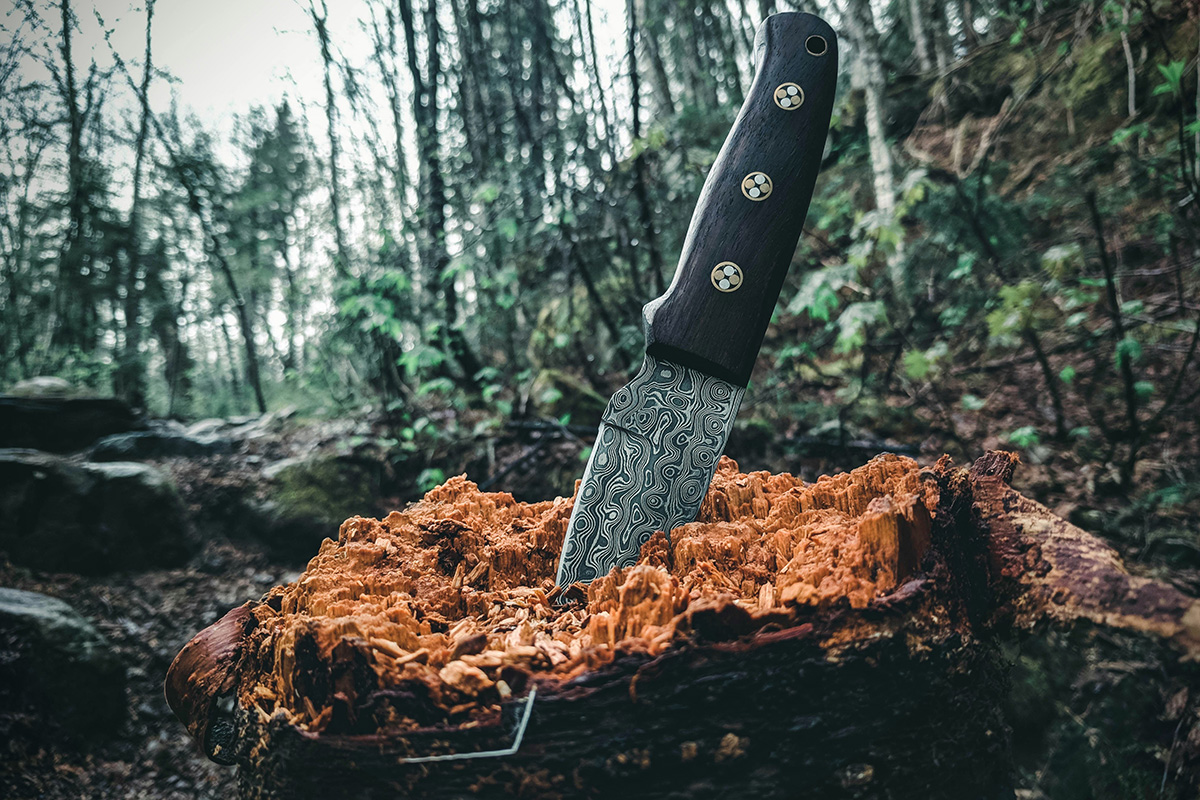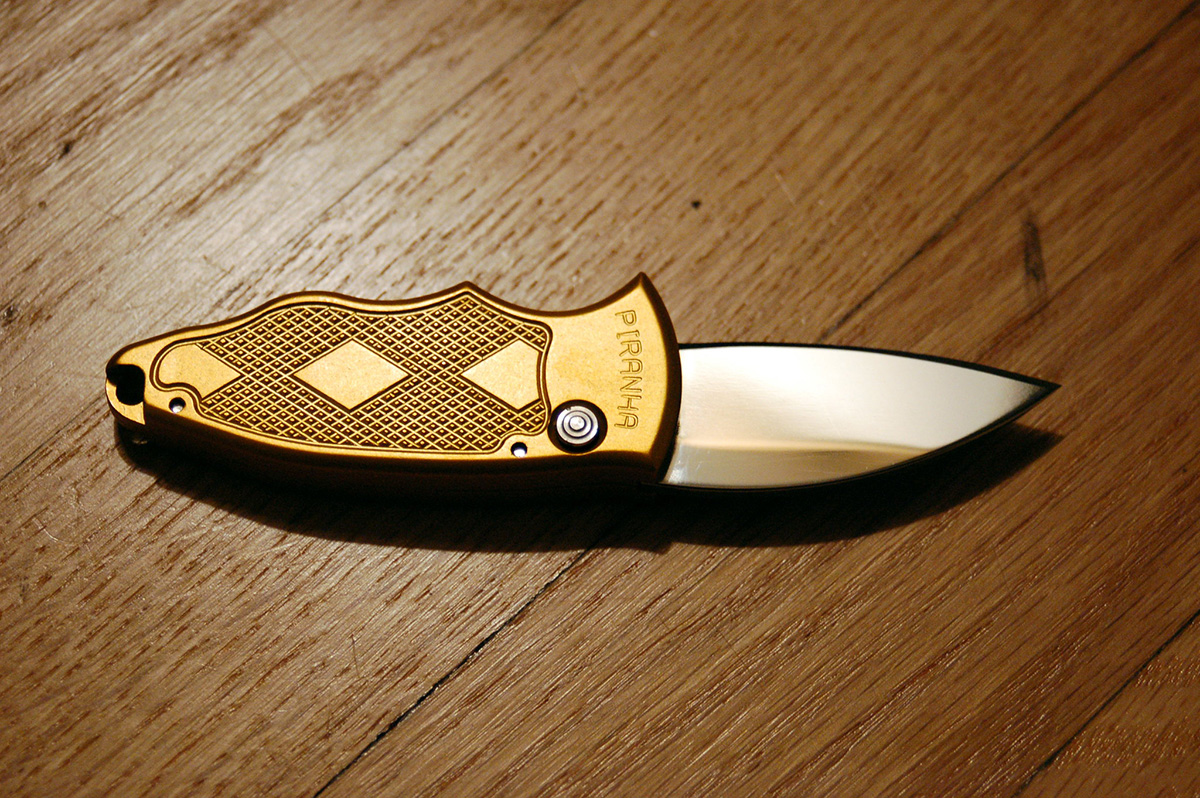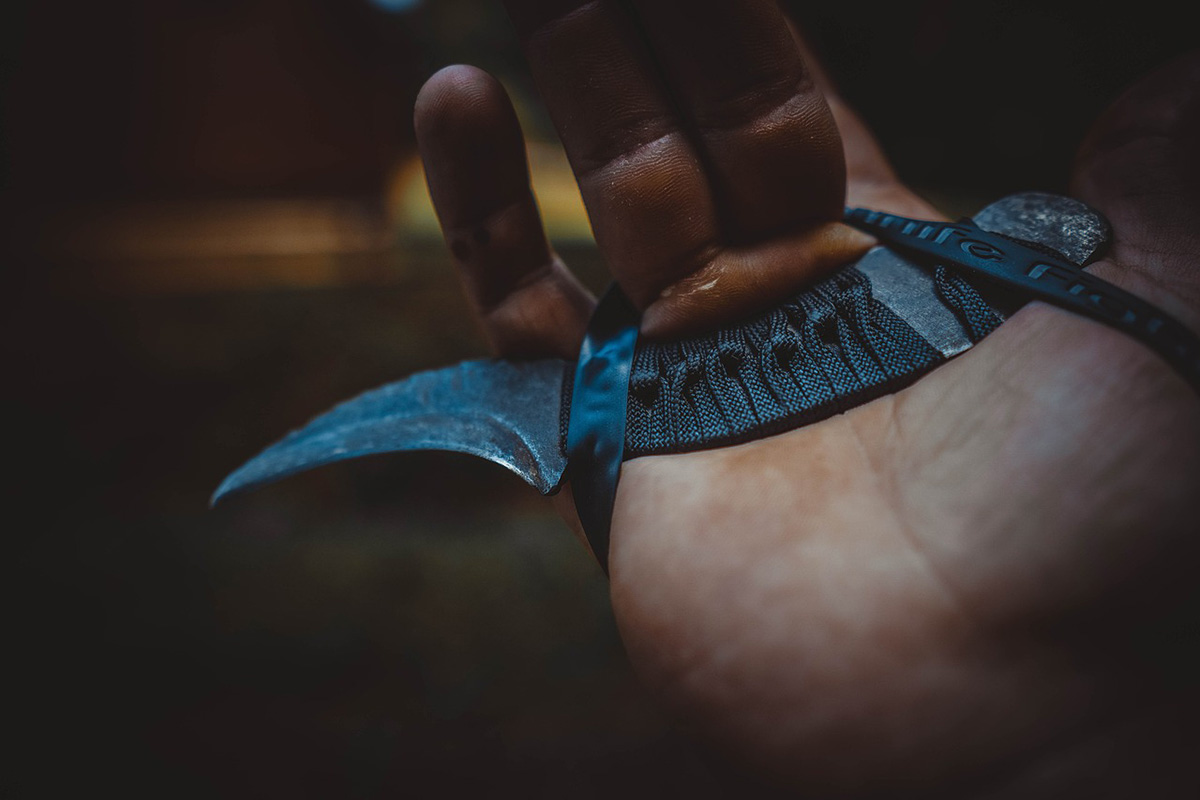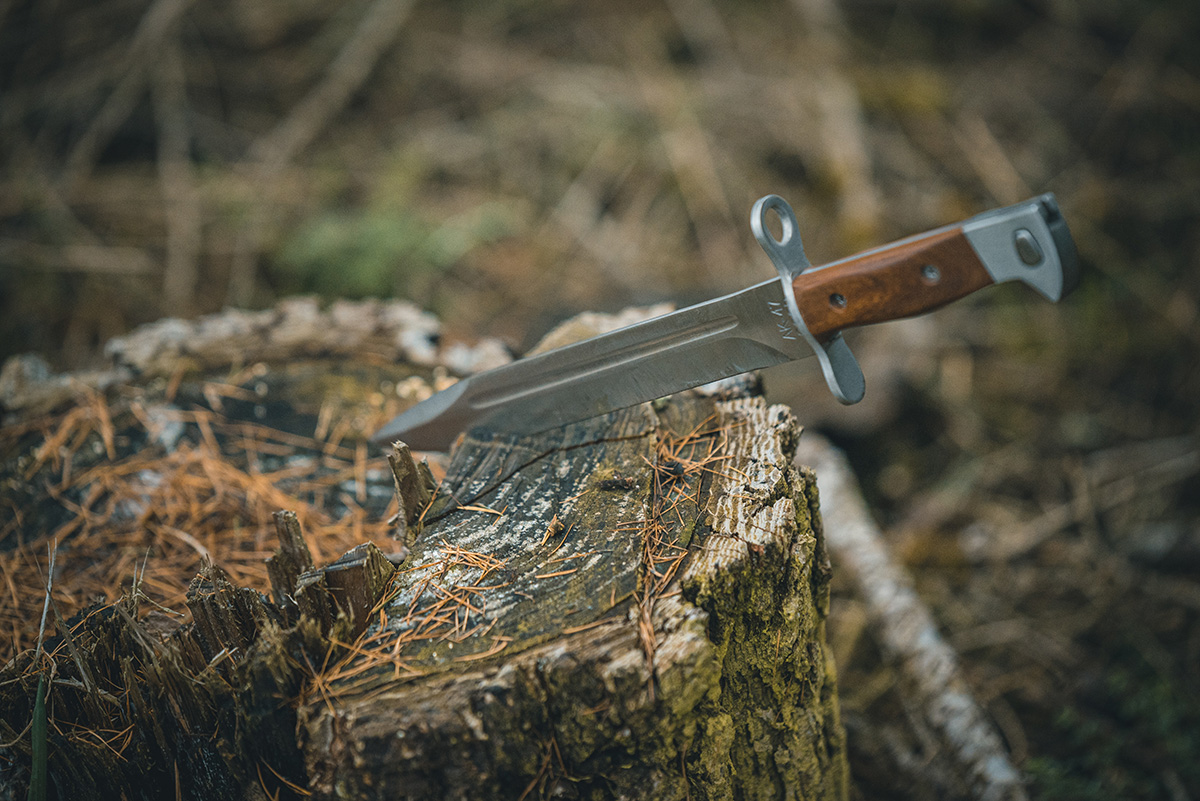Damascus steel is some of the most beautiful steel on the planet. When a knife blade is made from Damascus, there’s a certain level of prestige and beauty that comes just from the look of the blade itself.
And while it’s obvious that Damascus steel has a look that is unmatched by any other blade, how does it hold up in terms of strength and durability. Let’s take a quick look at what Damascus steel is, how it’s made, and how it holds up to everyday use.
What is Damascus Steel?
Damascus steel, also known as Damascene steel, is a type of steel that is characterized by its distinctive wavy or mottled pattern on the surface. This pattern is often referred to as a “Damascus pattern” and is created through a unique forging technique.
The exact methods used to create traditional Damascus steel have been lost to history, but it was originally developed in the Middle East, with some of the most famous examples originating from the city of Damascus in Syria. The forging process typically involved layering and folding different types of steel, often combining iron and steel with varying carbon content. This process was repeated multiple times to create a composite material with distinct layers.
How is Damascus Steel Made?
The combination of different types of steel in Damascus steel, along with the repeated folding and forging, created a steel that had a balance of hardness and flexibility, making it well-suited for creating sharp, durable blades. The unique pattern on the surface of the steel is a result of the layers and alloys interacting during the forging process.
While the traditional methods of creating Damascus steel have largely been lost, modern knifemakers and blacksmiths have developed techniques to replicate the look and some of the properties of traditional Damascus steel using various combinations of metals. These modern versions of Damascus steel are popular in the production of high-end knives, swords, and other bladed weapons, as well as for decorative purposes.
Modern knifemakers use the following methods for creating Damascus steel today:
- Layering: Two or more types of steel are stacked together to create a layered “sandwich.” These layers can consist of high-carbon and low-carbon steels or other variations, depending on the desired properties of the final blade.
- Forge Welding: The layered stack is heated until it reaches a high temperature and then meticulously forged together. This process not only binds the layers but also begins the formation of the distinctive patterns.
- Repetition: The stacking, heating, and forging process is repeated multiple times, which increases the number of layers and refines the pattern. The more times this process is repeated, the finer and more intricate the pattern becomes.
- Heat Treatment: Once the desired pattern is achieved, the blade is heat-treated to improve its strength, hardness, and overall performance. The exact heat treatment process can vary depending on the specific type of steel used in the Damascus steel.
- Etching: To reveal the stunning patterns, the blade is typically etched with an acid solution. This process brings out the contrast between the different layers of steel and enhances the visual appeal of the blade.
Is Damascus Steel Strong?
Yes, Damascus steel is renowned for its strength. The combination of different types of steel and the repeated forging process contributes to its exceptional durability. The unique layering and grain structure of Damascus steel blades make them resistant to chipping and breaking, even in challenging tasks.
Does Damascus Steel Rust?
While Damascus steel is incredibly strong, it is not immune to rust. The potential for rust depends on the specific types of steel used in the blade and how it’s cared for. Some Damascus steel knives are crafted using stainless steel, which is more resistant to rust. However, many traditional Damascus steel knives incorporate high-carbon steel, which can be more prone to corrosion.
To prevent rust and maintain the integrity of your Damascus steel knife, it is important to ensure that your knife is well cleaned and sharpened.
How to Clean Damascus Steel
- Hand Washing: Always hand wash your Damascus steel knife with mild dish soap and warm water. Avoid using abrasive scouring pads or harsh chemicals, as they can damage the blade.
- Dry Thoroughly: After washing, dry the blade thoroughly with a clean, soft cloth. Ensure no moisture remains on the blade to prevent rust formation.
- Apply Oil: To further protect your blade, apply a thin layer of food-safe mineral oil (if this knife is intended for cooking) or a similar blade oil after each use. This helps create a protective barrier against moisture and prevents rust.
- Store Properly: If this knife is a kitchen knife, be sure to store your knife in a knife block or on a magnetic strip to allow for proper air circulation. Avoid storing it in a damp environment, such as a dishwasher. If your Damascus blade is part of your EDC knife collection, be sure that it is stored in a low-moisture environment when not in use for long periods of time.
How to Sharpen Damascus Steel
Maintaining a sharp edge is essential for getting the most out of your Damascus steel knife. To sharpen it effectively, follow these steps:
- Honing: Regularly use a honing rod to straighten the blade’s edge. This doesn’t remove material but helps maintain the edge’s alignment.
- Sharpening Stone: When the blade becomes dull, use a sharpening stone. Begin with a coarse-grit stone and gradually move to finer grits. Maintain a consistent angle and use water or honing oil as a lubricant.
- Sharpening Rod: If you’re not comfortable using a sharpening stone, you can use a sharpening rod with a built-in angle guide. This is an easier method for maintaining a sharp edge.
By following these steps, you can ensure that your Damascus steel knife remains sharp and rust-free for years to come.
Damascus steel is not only a work of art but also a highly durable and strong material for knife making. Its intricate patterns and robust structure make it a prized choice for both professional chefs, knife collectors, as well as EDC enthusiasts. However, to keep your Damascus steel knife in optimal condition, it’s essential to care for it properly, including cleaning, oiling, and sharpening. With the right maintenance, your Damascus steel knife will continue to serve you faithfully and beautifully for a lifetime.

Zach Belmont has been working in the outdoor apparel industry in one form or another for over 20 years. During his career, he has worked at some of the most well-known adventure brands including Patagonia and The North Face in marketing, operations and product development. Zach currently lives in Wyoming with his wife and 2 kids.




